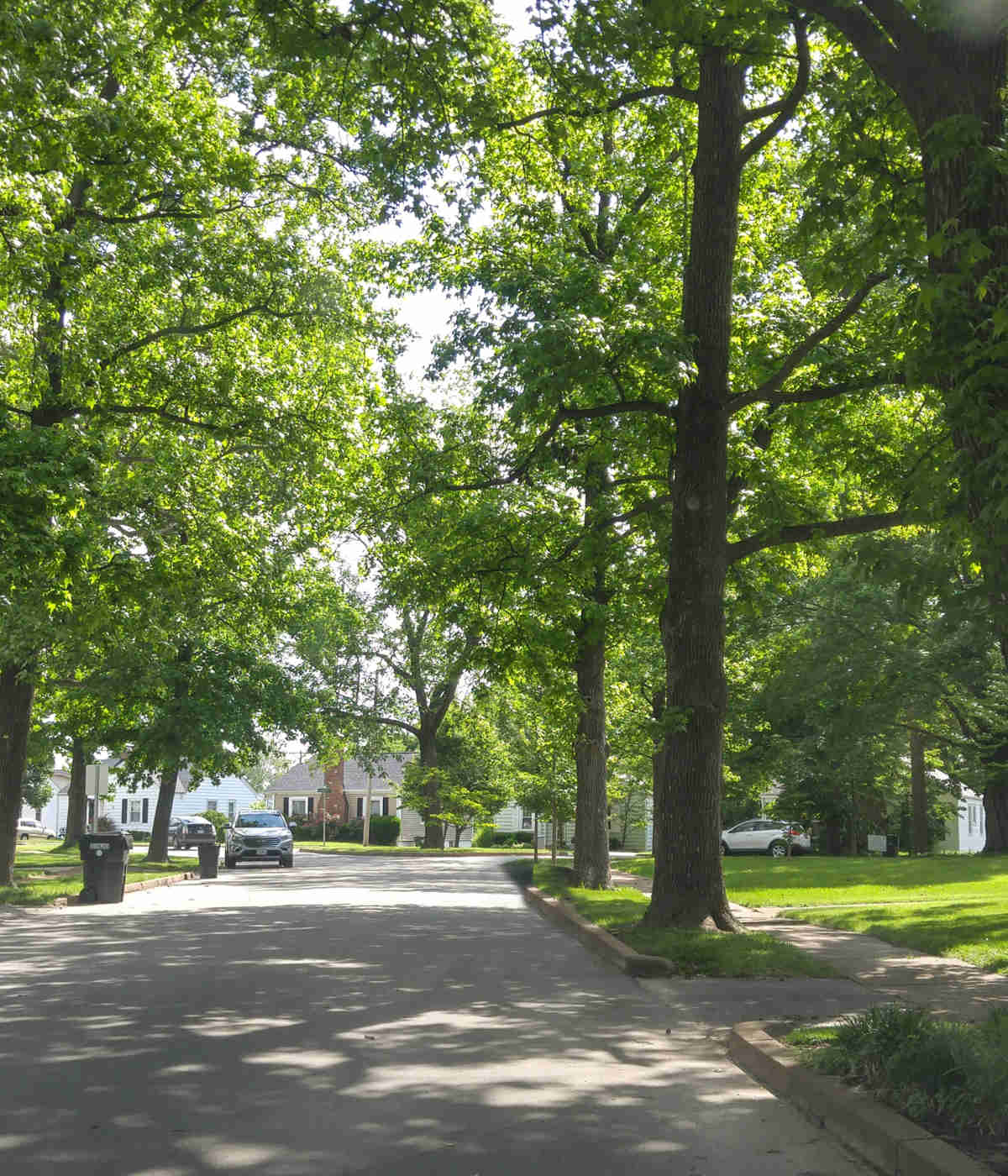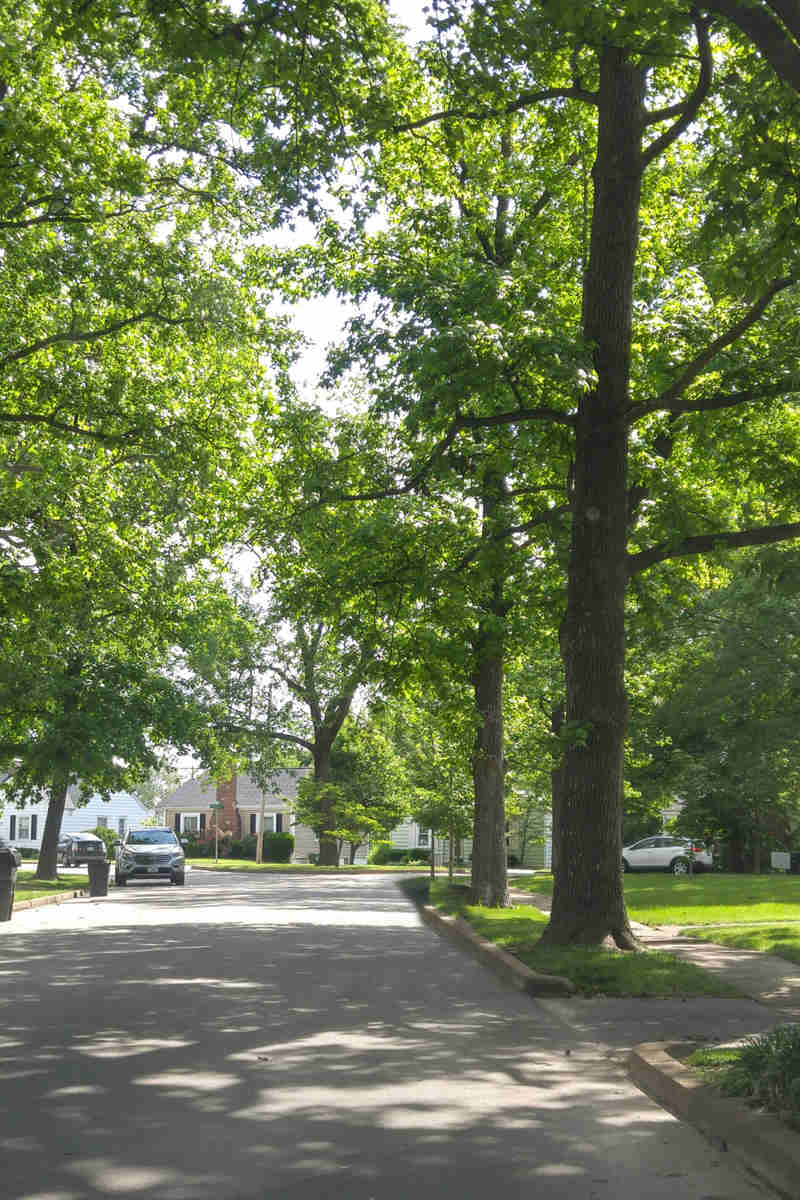Trees are vital to our communities. They shade homes, clean our air, and even improve our health. Some pollinator-friendly trees help feed and boost insect and wildlife populations that are vital to our ecosystems. Trees belonging to a municipality, such as those lining streets and sidewalks or in public parks, are considered part of an urban forest.
Protecting and growing a healthy urban tree canopy has become an increasingly popular goal for cities across the U.S. in recent years, with the aim of sharing the benefits of trees on a wider scale.
Tree inventories and urban forest master plans are two of many ways municipalities are taking care of their urban forests. Read on to learn more about urban forestry and how tree inventories and master plans contribute to urban forest health.
Urban Forestry & Public Health Benefits
We already know that trees are great for the environment and boost mental health, but they are also beneficial for municipalities in ways that extend beyond what we already know.
Urban forests help filter the air and water, control stormwater runoff, conserve energy, provide shade and habitat, and offer spaces for recreation and community bonding. They even add economic value to surrounding neighborhoods.
What Is A Tree Inventory?
A tree inventory is a decades-old method for understanding the composition of an urban forest, which began as pen-and-paper notation and has since evolved into digital mapping software.
Arborists and urban foresters gather data, including the size, species, and location of every single tree in their municipality. These are critical pieces of information used to assess and maintain a thriving urban tree canopy.
Once the data is gathered, urban forest managers can track each tree and document its health, maintenance needs, potential safety risks, and more. This helps prioritize, analyze, execute, and justify future projects, such as pruning cycles and plantings.
Tree inventories are often the first step in creating urban forest master plans.
What Is An Urban Forest Master Plan?
An urban forest master plan (UFMP) is a comprehensive, strategic plans managed by a municipality’s urban forest department to guide the long-term management, maintenance, and expansion of an urban tree canopy. They often span up to 20 years or more and include tree inventory data that provide an up-to-date assessment of a municipality’s tree canopy cover, health, and potential threats, such as pests and diseases.
Using this data, municipalities will set goals for pruning, plantings, and treatments that will help them achieve equitable tree canopy cover in all neighborhoods, help reduce safety risks, and improve tree health.
Urban Forestry, The Davey Way
Davey’s local offices staff highly qualified certified arborists who have extensive experience in urban forestry management, from developing urban forest master plans to conducting tree inventories, and everything in between.



